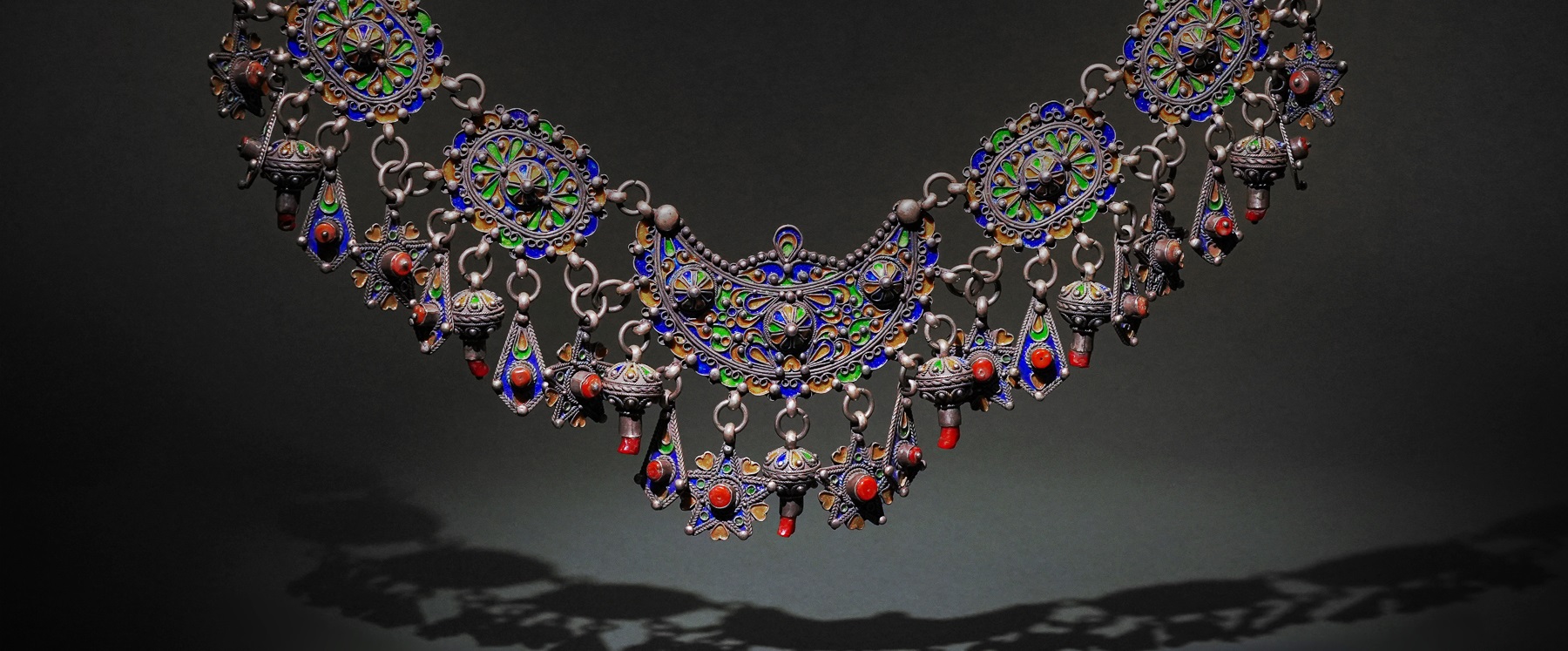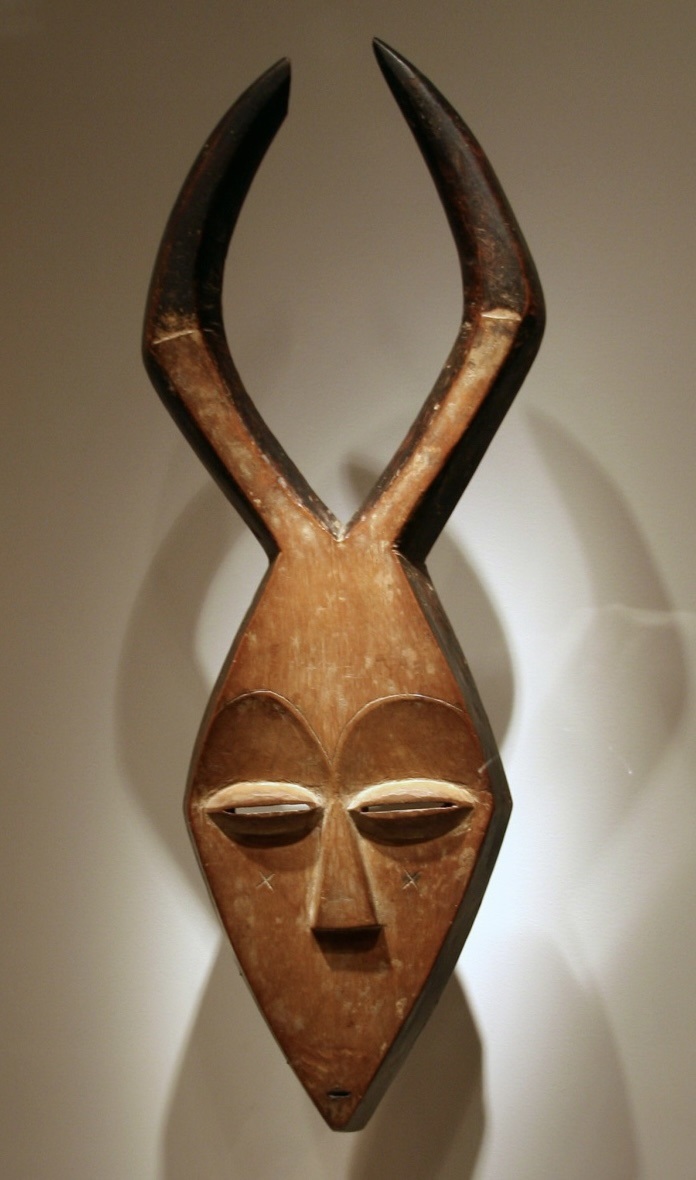

13/03/2025 General News, Latest News
Azca’s newest department will have its inaugural sale on April 9th, showcasing a diverse range of pieces from across the globe, and reflecting the unique cultural heritage of their makers. Sadly an underrepresented field in the United Kingdom in recent times, the collection and study of ethnographic objects witnessed a Golden Age in the late 19th and early 20th centuries. Azca is delighted to bring back the spotlight to ethnographic collections in the UK. One of Azca’s directors and a specialist in this area, Beatrice Campi is here to expand upon the background of our newly founded Ethnographica department, and answer some common questions which those new to the field might have.
Could you tell us more about the story of this new department?
The idea of a sale focused on ethnographic material emerged last November, so it’s a fairly recent development. The decision came as a result of two factors coming to our attention: firstly, an important client expressed interest in selling his large collection of ethnographic jewellery. These artworks, mostly dating to the 19th and 20th centuries, would have not blended well into our regular Islamic and Indian art sales, so we felt the need to carve out a special space for them to do well…
The second factor was an assessment of the auction market and the consequent realisation that many prominent auction houses do not offer specialist ethnographic sales … some may offer tribal art auctions, but Ethnographica covers much more than just tribal art, or African, South American or Oceanic material. Often ethnographica is combined with only loosely connected areas, such as miscellaneous collectibles and militaria for instance (to use an Italian idiom, what might be described as a kind of minestrone of disparate parts thrown together). Our full attention will be given to a wide range of objects of ethnographic interest, including works from India, the Islamic lands and beyond.
Lot 41 - An Engraved And Hallmarked Egyptian Silver Incense Burner With Base. Cairo, Egypt, September 1982 - October 1985. (all pictured lots will feature in Azca's upcoming Ethnographica sale, taking place on April 9th, unless otherwise stated)
The emphasis in our sales is on how people from across the globe live and their cultural traditions, rather than primarily showing interest in what may be called ‘blockbuster’ pieces like African bronzes or Maori jades (pounamu). The meeting of these two factors led to the realisation that there was scope to offer a new kind of sale to the market, and it began to take shape.
At first of course I received a lot of questions and some uncertainty as to what ethnographica is, as the term itself is not too well known outside of collector’s circles. But now that the sale has taken shape, it looks healthy and I am excited about what is to come!
What kinds of objects may be classified ‘ethnographic art’?
Ultimately, ethnographica stems from a branch of anthropology: ethnology, which is a social science. The emphasis is truly on world cultures, how people live, their rites and traditions… it’s about the traditional objects and materials that can make an individual who they are. That is why for instance we feature in the sale kaftans that were part of everyday wear, and jewellery, or also Indian murti (bronze idols), which could be placed on altars at home or carried to temples.
Lot 85 - An Ottoman Brocaded Silk Anteri Robe. Ottoman Turkey, 19th century.
One great thing about ethnographic material is that it is also not fundamentally tied to what is considered ‘antique’. In fact it is very often not antique, instead being of more recent production in say the last hundred to hundred and fifty years. Of course, you can certainly find older pieces; we have for instance a very interesting fragment of a Chimú (Peruvian) tunic, all made of feathers, which is from the sixteenth century. Generally speaking however, the majority of pieces tend to be of the last century. In that way, some may wish to describe them as a kind of ‘present past’ of their creators. They still evoke a sense of cultural identity and belonging in viewers- where sometimes it is hard to feel this way when you look at a piece from the distant past.
Lot 155 - A Tribal Indian Silver Lingam Ring. Jaisalmer, Rajasthan, Northern India, first half 20th century.
What motivates collectors of ethnographic art?
I think that because ethnography is a social science, it connects to an interest in studying humanity; understanding different communities and traditions, what separates them from each other, and also through this process identifying what unites them despite geographical distance. I see this process as a major factor that makes collecting ethnographic material appealing.
Speaking as well from the perspective of my clients which collect ethnographica, they have referred to the fact that it is often overlooked- it is something which others tend to discard as minor art. And yet to the collector, who treasures these objects for the ways they speak about humanity, such a dismissal is puzzling- for how can they be only ‘minor art’ when they can say so much about us and our traditions. It seems that the fact ethnographic collecting has become a kind of forgotten area possibly creates a particular niche appeal also.
Lot 123 - A Himalayan Perak Headdress And A Necklace Set with Turquoise, Red Agate and Coral Beads. Ladakh, Himalayan foothills, mid to late 20th century.
What draws you personally to ethnographica?
Simply, I am in love with different cultures of the world. I was drawn firstly by the ability to shed light on practices different from the ones we are accustomed to, and showcasing the traditions of non-European cultures. Secondly, I am a jewellery addict… so that also was something that was very appealing.
Lot 56 - An Omani Silver Necklace with Amulet Case (Hirz). Oman, Arabian Peninsula, 20th century.
Does the valuation process differ for ethnographic art? Do ethnographic objects hold value in different ways to other art pieces or antiques?
The highest value lot that we have currently in the sale is £6000-£8000, followed by two items at £3000-5000, and then the vast majority is below £2000. So in response to the question of valuation differing, yes, it does. Ethnographic material often doesn’t have high estimates or inflated prices- as we said earlier, it is a niche market- it doesn’t have ‘blockbuster’ sales or big names associated with it, so in the majority of the cases prices do not skyrocket. In cases where prices do reach significantly higher levels, this is often due to competitive bidding between two or more interested parties. Most recently this was the case at Woolley & Wallis, where last month a tribal mask (thought to originate from eastern Gabon) valued at £300-£500 sold for £85,000. So it certainly can happen that ethnographic pieces reach high prices, although in the vast majority of cases these artworks typically have more affordable estimates, and tend to sell within them.

An early 20th century Kwele mask (originating from Gabon) on display in the National Museum of African Art, Washington DC, likely of similar origin to the Kwele mask sold at Woolly & Wallis, image via wikipedia commons.
This affordability can be viewed as something really positive from the perspective of new buyers new, as this is a great time to enter the market. For those who wish to stick to a budget but still are eager to begin collecting, it is a fact that through ethnographic sales you might be able to buy a greater volume, and possibly more subjectively interesting or niche material than in our regular Islamic and Indian art sale- where a higher number of lots start from £500 or above. It is more accessible; there are fewer antiques (that would be priced accordingly), and the materials used themselves are often of lower value. For instance, much of the jewellery is made of silver rather than gold, some even with white metal. Thus the overall value of ethnographic pieces tends to be less daunting, and I hope this will attract new bidders, encouraged by the possibility of building a fresh collection without breaking the bank.
Azca’s first Ethnographica sale will take place on April 9th. Feel free to reach out to Head of Department Beatrice Campi at beatrice@azcaauctions.com if you have any queries.